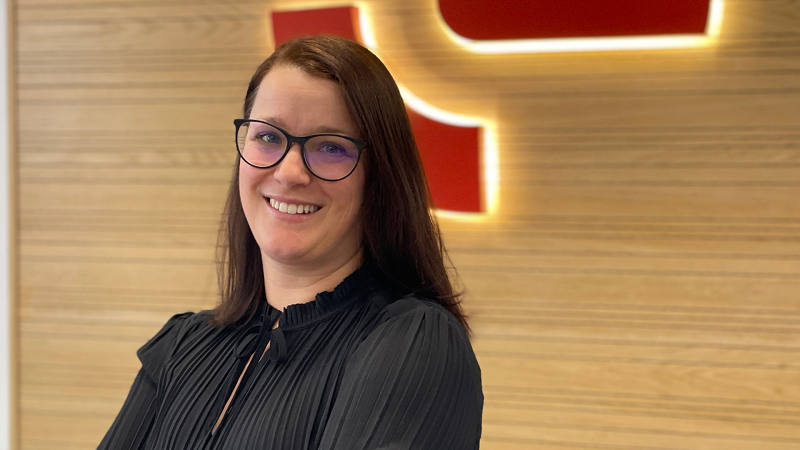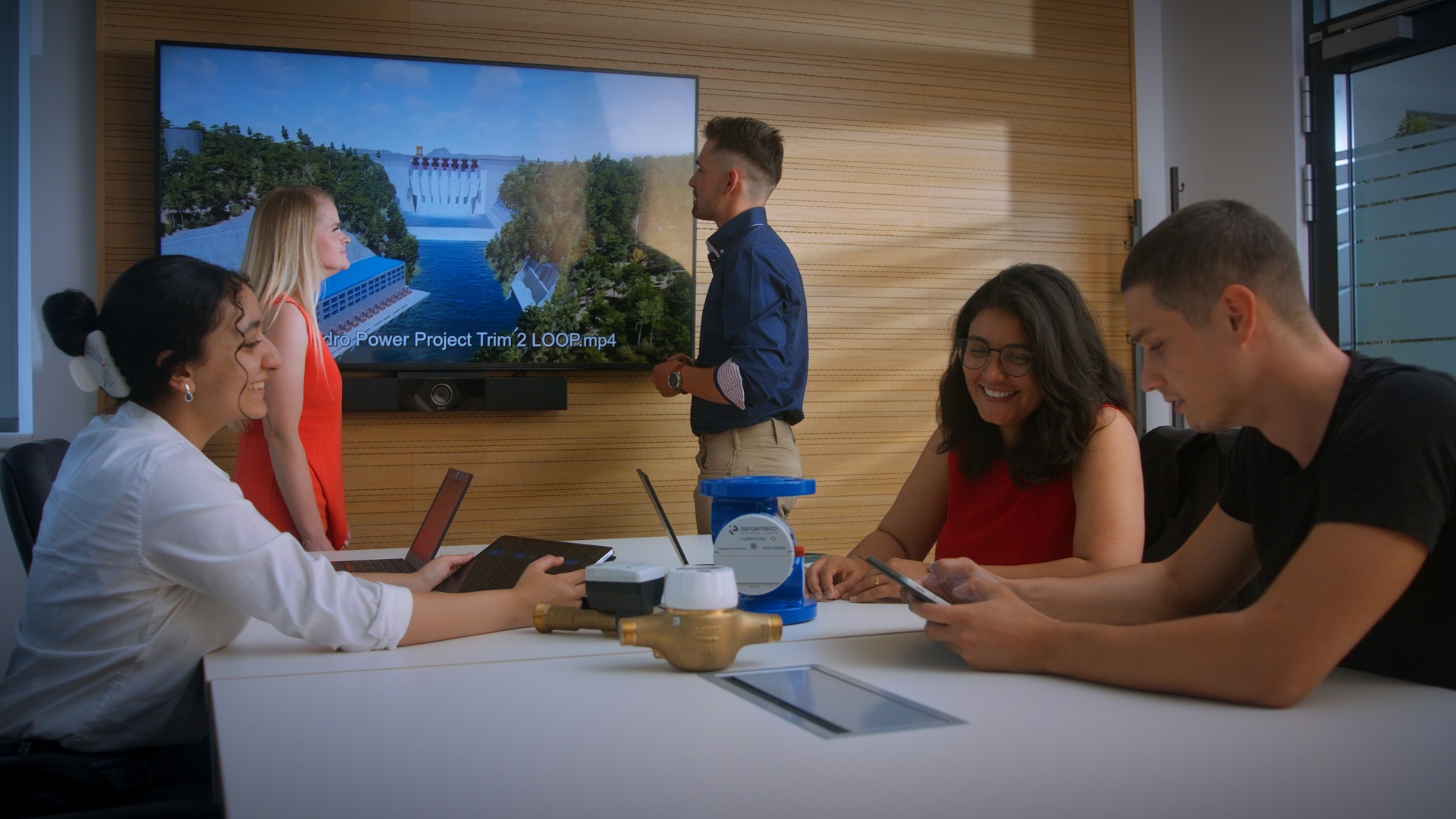To celebrate the occasion, we prepared a special short interview with our colleague Temida Novak, Lead Solution Engineer, to find out why she chose engineering as a career, how she innovates every day, and what is the greatest potential that engineering holds for the resilience of the world today.
Engineering is an exciting and diverse field of work. They influence and improve our lives through ingenious solutions. What made you choose this profession? There is a saying: »Children close their ears to advice but open their eyes to example«. And my first example were my parents as they both worked in electricity distribution, my father being an electrical engineer as well. They took us with them to the office on several occasions and we were able to observe them at work first-hand. What also had a big impact on me was their encouragement to think hard and try to find a solution for everything by ourselves first.
This year’s World Engineers Day is themed “Engineering Innovation for a More Resilient World.” Is innovation part of your daily work and how do you approach it? Fortunately, I work for Iskraemeco where innovation goes hand in hand with development and has won several awards for innovation. As a solution architect in the field of metrology, I am constantly in contact with our customers and have a good insight into their environment and challenges. On the other hand, there is an innovation team in our company from which I draw ideas and innovations. The combination of both sides helps me to develop customized, customer-oriented solutions that are modern and innovative at the same time. At the end, there is a technical design center in our company that turns the solution into reality.
When it comes to resilience of the world, where do you see engineering has the biggest potential? The situation on the electricity market is currently very turbulent. Digitalization, grid flexibility and solutions based on IoT, data lakes and smart cities are providing utilities with the data they need to manage energy consumption, predict demand and optimize costs. This also helps consumers to act more sustainably while significantly reducing their energy bills.



